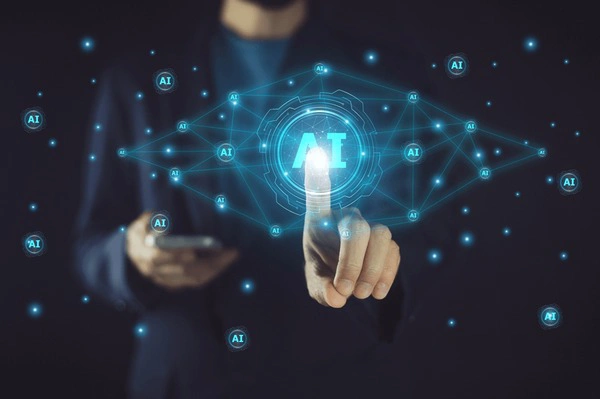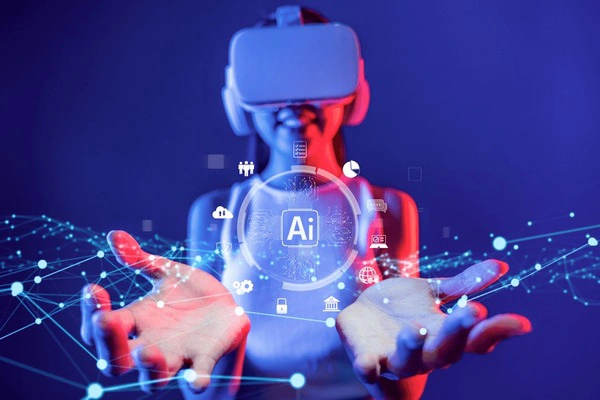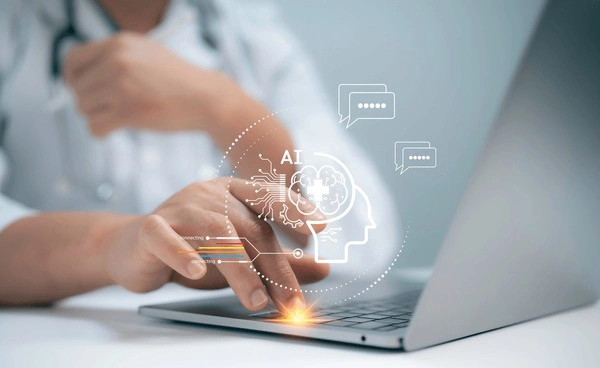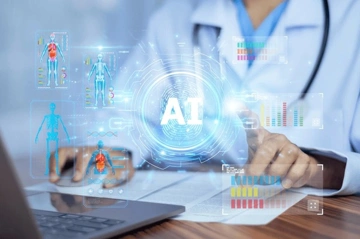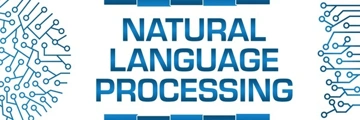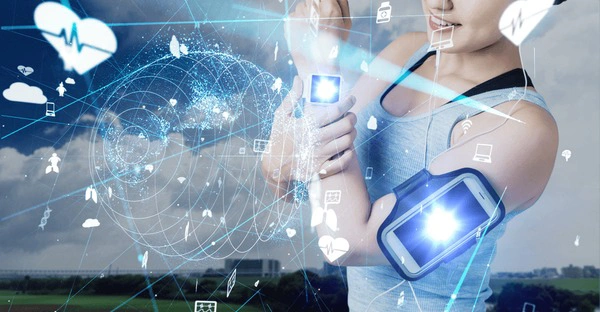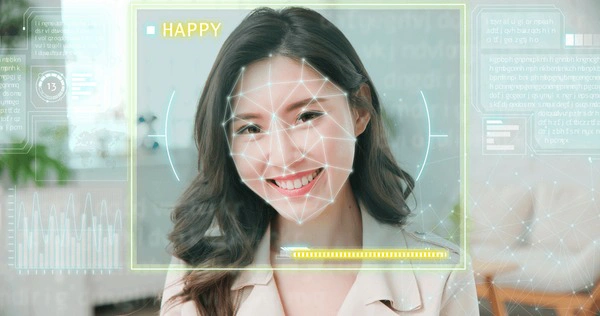
Enhancing User Interaction through Emotion Recognition: A Journey into the Future of AI
In today's digital era, understanding and responding to human emotions can significantly enhance user interaction. Emotion recognition technology analyzes text to detect emotions, enabling more personalized and engaging experiences. While offering numerous benefits, it also poses ethical and accuracy challenges that need careful consideration. Despite these challenges, advances in AI promise a future where technology can intuitively understand and respond to human emotions, paving the way for more empathetic digital interactions.
Jackson Mitchell
29/11/2024 - 7 months ago

Understanding Emotion Recognition
In the fast-paced world of technology, understanding how users feel is becoming increasingly important. Emotion recognition, a fascinating branch of artificial intelligence, is designed to detect human emotions from text. This technology analyzes written content to identify emotions such as happiness, sadness, anger, or surprise. By doing so, it allows for more personalized and engaging interactions between humans and machines.
In simple terms, emotion recognition works by using complex algorithms that study the words and phrases people use. These algorithms are trained to detect subtle cues in language that indicate specific emotions. For instance, if a user writes a message filled with exclamation marks and positive words, the system might recognize this as excitement or happiness. This understanding can then be used to tailor responses that resonate better with the user's current emotional state.
The application of emotion recognition in technology is vast. From customer service chatbots to mental health apps, the ability to assess and react to human emotions in real-time can dramatically enhance user experience. By providing a more empathetic and responsive interaction, technology becomes more than just a tool. It evolves into a companion that understands and adapts to the emotional needs of its users.
Benefits of Emotion Recognition
One of the key benefits of emotion recognition is improved user engagement. When users feel understood and valued, they are more likely to engage positively with a service or product. For example, a chatbot that can detect and respond to a user's frustration with a calming message can prevent the interaction from deteriorating, maintaining a positive user experience.
Additionally, emotion recognition can lead to more effective communication. By understanding the emotional tone of a conversation, systems can adjust their responses to ensure they are appropriate and helpful. This can be particularly beneficial in customer service scenarios, where understanding a customer's mood can lead to faster and more satisfactory resolutions.
Moreover, emotion recognition contributes to increased personalization. By understanding a user's emotional state, services can tailor their offerings to better meet individual needs and preferences. For instance, a music streaming service that recognizes a user's mood could suggest playlists that complement their current emotions, enhancing the overall listening experience.
Challenges and Ethical Considerations
Despite its many advantages, emotion recognition technology faces several challenges. One significant hurdle is the accuracy of emotion detection. Human emotions are complex and can be influenced by cultural, social, and contextual factors. Ensuring that technology accurately interprets these emotions requires continuous refinement and testing of algorithms.
Ethical considerations also play a crucial role in the development and implementation of emotion recognition systems. Privacy concerns are paramount, as users may be uncomfortable with technology that analyzes their emotional state. It is essential that developers prioritize transparency and consent, ensuring users are aware of and agree to how their data is being used.
Additionally, there is a risk of misuse if emotion recognition technology is not carefully regulated. For instance, it could be used to manipulate users' emotions for commercial gain, leading to ethical dilemmas. Therefore, it is vital to establish guidelines and standards that promote the responsible use of this technology, protecting users from potential exploitation.
The Future of Emotion Recognition
As technology continues to evolve, the future of emotion recognition looks promising. Advances in artificial intelligence and machine learning are expected to enhance the accuracy and reliability of emotion detection systems. This will open up new possibilities for creating more intuitive and emotionally intelligent interfaces that can better serve users.
In the coming years, we may see emotion recognition being integrated into a wider range of applications, from education to healthcare. In education, for instance, it could be used to assess student engagement and tailor teaching methods accordingly. In healthcare, emotion recognition could assist in monitoring patient well-being and providing timely interventions.
Ultimately, the successful integration of emotion recognition into everyday technology will depend on addressing the challenges and ethical considerations discussed earlier. With responsible development and thoughtful implementation, emotion recognition has the potential to revolutionize how we interact with technology, making it more human-centric and emotionally aware.


